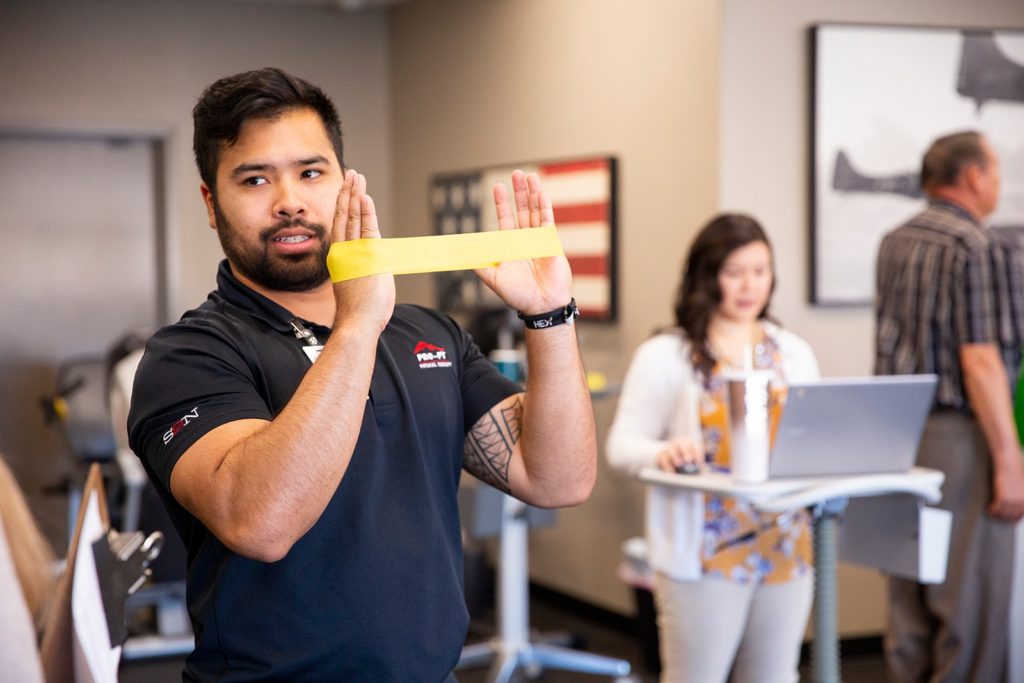Investigating the Varied Techniques of Physiotherapeutic Rehabilitation for Enhanced Healing and Rehabilitation
Investigating the Varied Techniques of Physiotherapeutic Rehabilitation for Enhanced Healing and Rehabilitation
Blog Article
Physical therapy is an essential discipline that assists individuals recover from injuries, operations, and various health conditions. It involves a range of techniques aimed to enhance mobility, alleviate pain, and enhance general bodily function. Physical therapists are trained experts who evaluate each client’s needs and develop personalized treatment strategies. These programs often include workouts, hands-on therapy, and education about physical movements. By employing these diverse approaches, physiotherapy can significantly enhance a patient’s quality of life.
One frequent method used in physical is rehabilitative exercise. This involves targeted movements and activities that assist build muscles, improve range of motion, and increase endurance. For instance, a client rehabilitating from knee operation may engage in exercises that focus on restoring power in the leg muscles. These activities are meticulously chosen based on the individual’s status and goals. By incrementally increasing the intensity and challenges of the activities, physical practitioners can help patients recover their strength and mobility over a period.
Another crucial method is manual treatment, which includes hands-on approaches to manipulate the human body soft tissues and articulations. This can involve flexibility exercises, mobilization, and manipulation. Hands-on therapy seeks to relieve discomfort, reduce inflammation, and enhance blood flow. For instance, a practitioner may use light pressure to relieve tension in stiff muscles or to assist a joint function more freely. This technique is often combined with other therapies to enhance rehabilitation and promote recovery. Patients often consider manual treatment to be a soothing and effective way to control their discomfort.
In click to read more furthermore to exercises and hands-on therapy, instruction plays a crucial part in physical. Practitioners teach clients about their conditions and how to handle them effectively. This may include guidance on correct posture, body mechanics, and techniques to avoid future traumas. For example, a practitioner might show a client how to lift weighty objects safely to avoid straining their spine. By empowering clients with knowledge, physical practitioners help them assume an active role in their rehabilitation and encourage sustained health and fitness.
Finally, technology is increasingly being incorporated into physiotherapy practices. Tools such as sonography, electrical impulses, and virtual environments can enhance traditional therapy methods. These tools can help alleviate discomfort, promote recovery, and provide engaging methods for patients to engage in their recovery. For example, immersive reality can create engaging environments for clients to practice movements in a controlled and protected environment. As advancements continues to evolve, it provides exciting possibilities for enhancing recovery outcomes in physiotherapy.
In conclusion, physical includes a variety of techniques that function together to support rehabilitation and rehabilitation. Through therapeutic activities, manual treatment, patient education, and the application of technology, physical practitioners offer comprehensive treatment customized to each individual’s requirements. This comprehensive approach not only assists clients regain their physical capabilities but also enables them to maintain their well-being in the long-term run. As more individuals acknowledge the benefits of physical, it remains to serve a vital part in the pathway toward improved health and fitness.